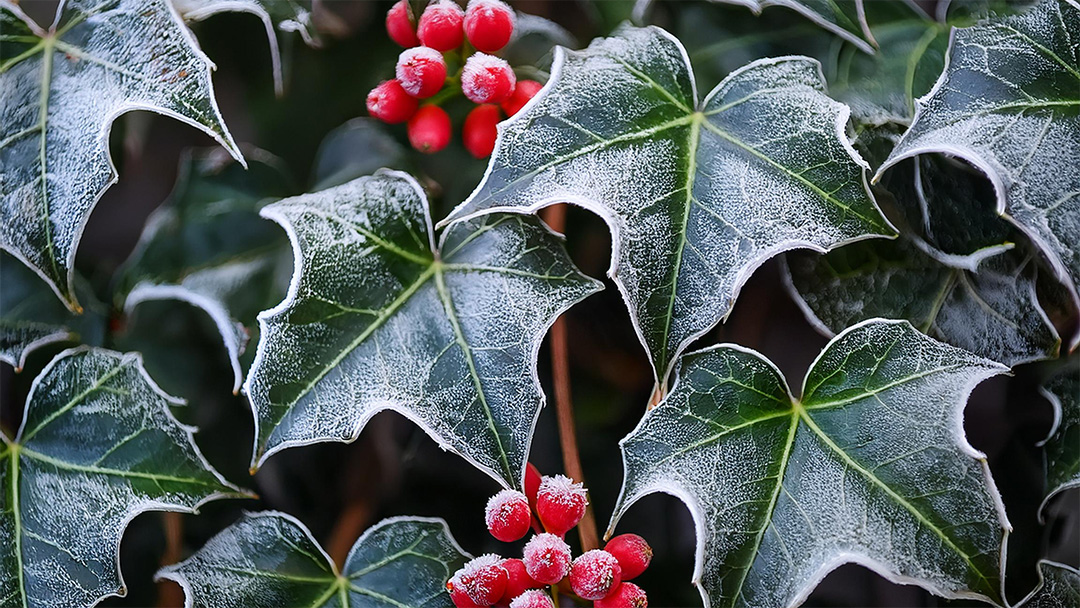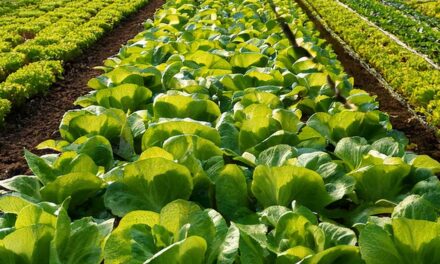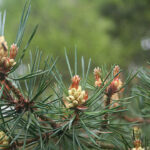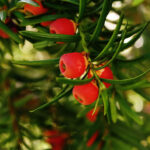
Ivy in Christmas Tradition: A Symbol of Everlasting Life

Ivy often plays a supporting role in festive décor, but its history and symbolism make it just as special as holly. This evergreen climber has been cherished for centuries, valued for its beauty, resilience, and deep connections to midwinter traditions. Let’s take a closer look at how ivy earned its place in Christmas celebrations.
A Symbol of Life and Resilience
Ivy is a symbol of eternal life, thanks to its ability to thrive even in the depths of winter. Its evergreen nature made it a natural choice for ancient festivals that celebrated life during the darkest days of the year. The Celts and Romans used ivy in their midwinter rituals, seeing it as a sign of hope and renewal. For these cultures, it wasn’t just a plant; it was a reminder that life endures, even in challenging times.
Ivy’s ability to cling and climb gave it further symbolism. For Christians, this was seen as a reflection of human reliance on divine support. Ivy became a representation of humility, complementing holly, which symbolised strength and protection. Together, they conveyed balance and harmony, a theme that echoed in many Christmas traditions.
The Holly and the Ivy
The famous Christmas carol The Holly and the Ivy showcases the symbolic relationship between these two festive plants. Holly often represents Christ, with its sharp leaves and red berries symbolising the crucifixion and the blood shed for humanity. In contrast, ivy is seen as representing humanity, Mary, or the supportive role of faith. This pairing of opposites—strength and softness, protection and reliance—has made them an enduring part of holiday symbolism.
Folklore adds further layers to the story. In old English traditions, ivy was believed to ward off evil spirits when used outdoors. But bringing ivy into the home was thought to invite bad luck unless holly was also included. This idea may have reflected the belief that ivy needed the protective qualities of holly to counterbalance any misfortune.
Ivy in Christmas Décor
Ivy’s long, trailing vines make it a favourite for festive decorations. It’s often used to create garlands, wreaths, and centrepieces, adding a soft, flowing elegance to holiday arrangements. Ivy pairs beautifully with holly, fir, and other evergreens, creating layers of texture and depth.
For those who enjoy natural decorations, ivy is an excellent choice. It’s easy to work with, whether you’re creating a simple garland for a mantelpiece or an elaborate wreath for your front door. The combination of ivy’s delicate leaves and its rich symbolism makes it a timeless element of Christmas décor.
Today, ivy continues to connect us with the natural world, reminding us of the beauty and resilience of evergreen plants. It brings a touch of the outdoors into our homes, helping us celebrate the enduring spirit of the season.
A Plant of Many Meanings
Ivy’s role as a festive plant isn’t the only string to its bow. In ancient Greece and Rome, ivy was associated with Dionysus, the god of wine, revelry, and fertility. It was used in celebrations to symbolise joy, connection, and eternal bonds. This association with festivity and togetherness may have contributed to its use in later winter celebrations.
In addition to its ties to merriment, ivy also came to symbolise loyalty and fidelity. Its clinging nature inspired many to see it as a representation of strong, unbreakable bonds. This made it a popular choice not only for Christmas but also for weddings and other celebrations of love and unity.
A Christmas Staple
Ivy’s place in Christmas traditions is well deserved. Its lush greenery, elegant vines, and rich history make it a perfect addition to the holiday season. Whether draped across a mantelpiece, woven into a wreath, or simply celebrated in song, ivy reminds us of life’s resilience and the enduring cycles of nature.















